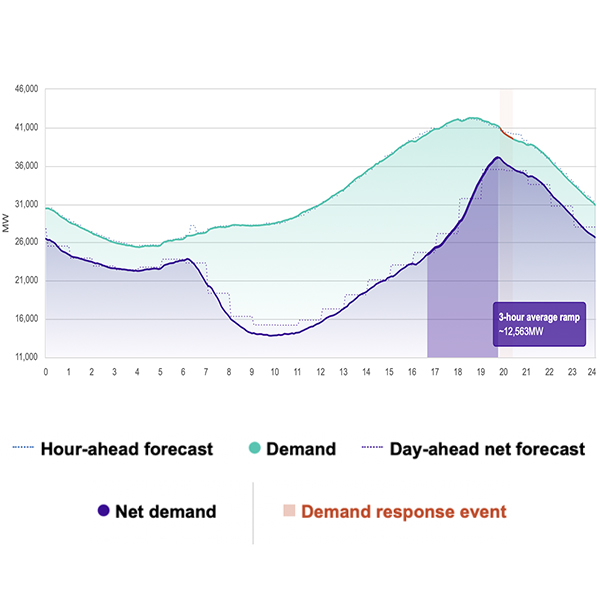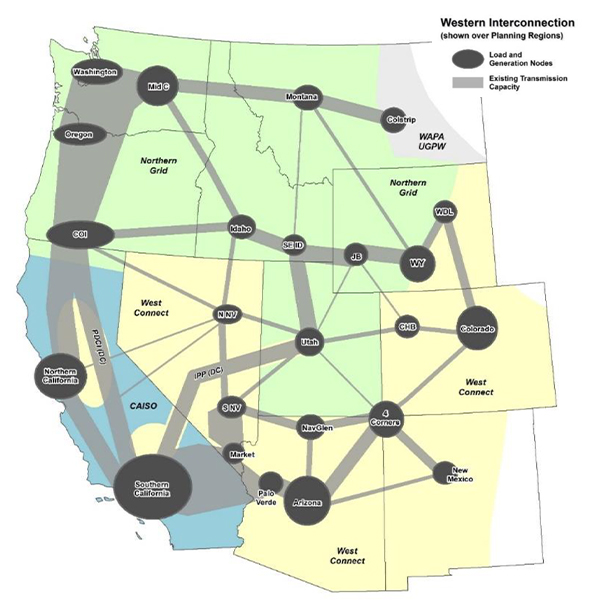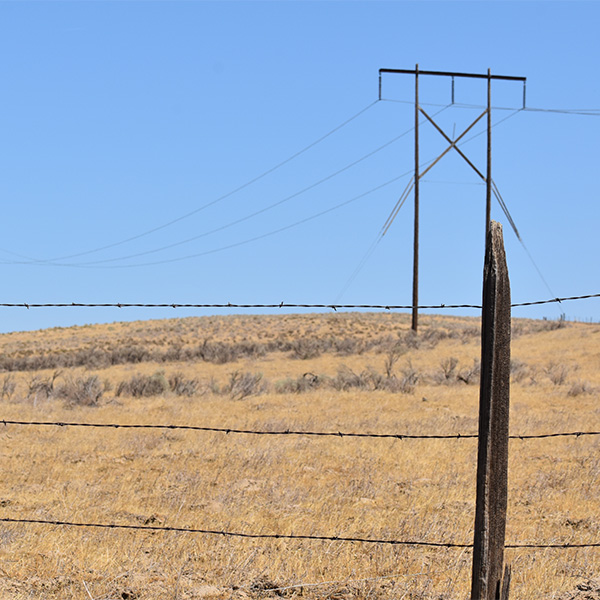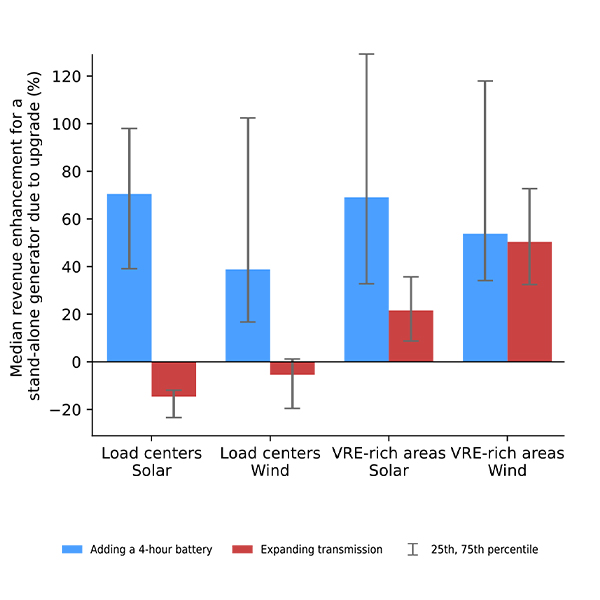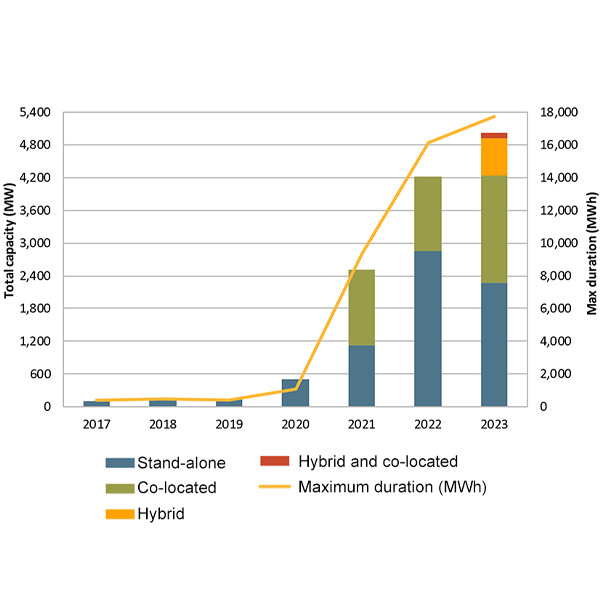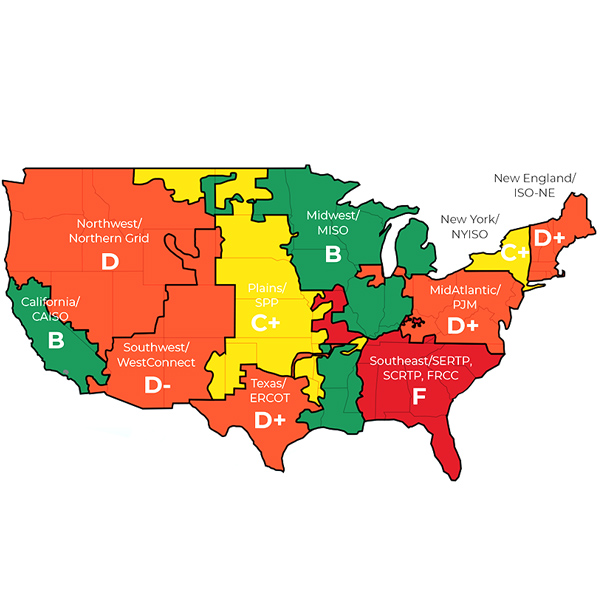CAISO/WEIM
CAISO Board of GovernorsCalifornia Agencies & LegislatureCalifornia Air Resources Board (CARB)California Energy Commission (CEC)California LegislatureCalifornia Public Utilities Commission (CPUC)EDAMOther CAISO CommitteesWestern Energy Imbalance Market (WEIM)WEIM Governing Body
The California Independent System Operator serves about 80% of California's electricity demand, including the service areas of the state's three investor-owned utilities. It also operates the Western Energy Imbalance Market, an interstate real-time market covering territory that accounts for 80% of the load in the Western Interconnection.
CAISO issued its first energy emergency alert of the summer after falling short on ramping capacity as solar output rolled off its system.
CAISO’s Western Energy Imbalance Market took the unusual step of rescinding a rule change that it never actually implemented.
The CAISO board approved a proposal that will allow transmission projects outside California to join the ISO under a new subscriber-funded model that avoids allocating costs to ISO load-serving entities.
The competition for organized markets in the West grew Friday as the Bonneville Power Administration launched a process to choose between day-ahead markets proposed by CAISO and SPP and regulators from five Western states urged the establishment of a new, independent RTO covering the entire West.
A new Berkeley Lab report weighs the benefits of storage versus transmission for wind and solar projects.
The more than 5,000 MW of batteries connected to the CAISO grid are playing in increasing role in maintaining reliability, a report from the ISO's Market Monitor shows.
Americans for a Clean Energy Grid gave MISO and CAISO top grades for regional transmission planning and development; PJM and ISO-NE scored poorly.
PacifiCorp will be able to meet Oregon’s ambitious greenhouse gas emissions reduction targets for electric utilities but “it will not be without challenges,” a company official said.
California's duck curve deepened to new levels this spring as solar capacity increased, at times exceeding demand, the Energy Information Administration said.
California Gov. Gavin Newsom and legislative leaders reached a budget deal that includes most of Newsom's controversial energy infrastructure bills.
Want more? Advanced Search
